Inside the Atelier; Moriguchi Kunihiko
Moriguchi Kunihiko (森口邦彦) is a celebrated Japanese textile artist known for his graphic style, executed in yuzen, a traditional technique for hand-painting designs on kimono. Born in Kyoto in 1941, Moriguchi spent time studying graphic design in Paris in the 1960's, before making his way back to Japan join his father as a kimono maker.
The staff of Ginza Motoji were privileged enough to visit Moriguchi's Kyoto studio, and had the chance to see his process from start to finish.

Makinori is a type of resist-dyeing technique essential to the yuzen works of Moriguchi Kunihiko. The process involves scattering dried flakes of resists paste onto the fabric, and when moisture is applied, the paste adheres, acting as a resist to dye.
Now widely known, the term makinori was coined by Kunihiko's father, Moriguchi Kakou was inspired by the lacquerware technique known as makie which employed a similar techniques. Traditionally, plain-dyed backgrounds were used in yuzen designs, but Kakou pioneered the use of Makinori across entire backgrounds, establishing a new form of yuzen.

Kunihiko Moriguchi elevated makinori itself to the forefront of artistic expression. By fusing it with geometric patterns, he transcended the traditional Japanese themes of flowers, birds, and landscapes, pioneering a fresh, graphic world of yuzen dyeing.
The particles of the paste are smaller and harder than expected, with a smooth, sandy texture. They are sprinkled on dampened fabric, carefully considering density, and each particle is then adjusted individually with tweezers.

Once the sprinkling is complete and the placement of the paste particles is finalized, moisture is applied from the backside of the fabric with a brush, allowing the paste to truly adhere to the fabric. The moisture causes the paste to soften, and the particles connect with each other, creating organic patterns as if cells are bonding together. It’s as if the paste comes alive.

Afterward, the fabric is dried before moving on to the dyeing process. Once thoroughly dried, the paste particles become resilient and will not budge even if rubbed and scrubbed. During the rainy season, the paste absorbs moisture quickly and swells, so special care must be taken to time the sprinkling and dyeing precisely.

Both an Aritst and an Artisan.
The creation of each piece involves numerous steps, from drawing the design, drafting the pattern onto the fabric, applying the outline paste, coloring, pasting over certain areas, sprinkling paste, and dyeing the background, a process that takes several months to complete.
Moriguchi says that as a yuzen artist, he embodies two roles: He is an artist during the design process, and a artisan during the dying process.
When asked, "What excites you the most?" he responds without hesitation, "When I’m transferring the draft from paper to the fabric."
Translating the ideas he has refined on paper onto the blank fabric, drawing fresh lines—these moments are, for him, the most thrilling and exhilarating.

On Moriguchi's work desk lies an enormous stockpile of unfinished drafts. Some reach completion within a month of conception, while others have been intermittently reworked over the course of more than 20 years.
"Shapes are a form of philosophy, and I believe that if you refine them to a point where there’s no further improvement possible, you naturally approach the essence of nature itself. These drafts are the failures of today, awaiting their future success.'"
For this solo exhibition, Moriguchi created the below work, Minamoto, using Ginza Motoji’s exclusive silk fabric, Platinum Boy. The design is said to be inspired by wind turbines.

"A wind turbine with three blades spaced 120° apart can be seen in the same form all over the world. It is a presence that converts the energy of nature into electricity, which is a source of life for humanity. 'It was a theme I had to tackle someday,' he says with a smile, adding, 'Pretty well done, don’t you think?'"
During his studies in Paris, he met Balthus who convinced him to return to Japan and venture into the world of yuzen.
Kakō, Kunihiko's father, excelled at natural motifs of flowing waters and floral patterns. Kunihiko himself having grown up witnessing his father’s extraordinary work up close, felt early on that he couldn’t compete by doing the same thing—he had to find something unique to himself.
His father also encouraged him, saying, 'Live not as the second Moriguchi Kakou, but as the first Moriguchi Kunihiko,' expecting him to carve his own path in the world of kimono.

After graduating high school, he pursued painting and entered the Kyoto City University of Arts. Under the tutelage of prominent painters such as Shoko Uemura and Shihō Sakakibara, he studied Nihonga. Yet, upon encountering French art at an exhibition, he was captivated, later influencing him to go to France. In 1963, at the age of 22, he enrolled at the prestigious École Nationale Supérieure des Arts Décoratifs in Paris as a government-sponsored international student.
In the 1960s, Optical Art, had caught fire in Paris. Guided by professors with Bauhaus backgrounds, he received cutting-edge education in graphic design, architecture, and art, achieving outstanding academic success.
"With Rinpa, it’s not just a style that flourished in Japan in the 17th to 18th centuries. It elevated the idea of empty space into a universal form of expression. French painters, sensitive to the impact of ukiyo-e, absorbed elements of Japonisme, which shaped a design aesthetic that ultimately influenced the Bauhaus movement. In a way, I indirectly learned the essence of Rinpa from my Bauhaus-educated professors."
After graduation, he intended to work as a graphic designer in France, but friend, the painter Balthus, persuaded him otherwise.
“Living life as you wish is fine, but finding value in being part of history is essential. You should rediscover yourself by engaging with Japan’s traditional culture” Balthus urged him.
Deeply moved by the words of Balthus, who cherished Japanese culture, he resolved to return to Japan and pursue the art of Yuzen dyeing under his father.
On the morning of his decision, he looked up at the sky to see a flock of starlings forming rotating formations, their countless shadows swirling like dye. This nostalgic image remained etched in his memory.
Upon his return, he began rigorous training under his father. His mission was twofold, he had to not only assist his father, but to make sure not to hinder him either.
In those days of exploration, he found encouragement in a message from historian Tomoyuki Yamanobe at an exhibition, which greatly inspired him:
“There is a young person taking on new challenges in the world of Yuzen, where everything once seemed complete.”
For him, it felt only natural to develop a new expression that fused geometric patterns with Yuzen dyeing.

 Moriguchi works primarily as a yuzen artist making kimono, but he has also collaborated with international brands such as Van Cleef & Arpels, to make a jewelry box and Sèvres, for a dishware line. His most well known collaboration however is with the Mitsukoshi department store. The pattern for his kimono "Minori" is featured on their shopping bags. He says the possibilities for yuzen design go beyond wearables.
Moriguchi works primarily as a yuzen artist making kimono, but he has also collaborated with international brands such as Van Cleef & Arpels, to make a jewelry box and Sèvres, for a dishware line. His most well known collaboration however is with the Mitsukoshi department store. The pattern for his kimono "Minori" is featured on their shopping bags. He says the possibilities for yuzen design go beyond wearables.

Mitsukoshis' shopping bag, featuring the design "Minori"
Photo Credit: Mitsukoshi
Reflecting on the future of kimono, Moriguchi emphasizes the importance of gaining international recognition for Japanese traditional crafts, much like what judo and manga have achieved globally. Moriguchi believes that kimono should become part of a worldwide appreciation of traditional arts while retaining the unique dignity that sets it apart. There’s a special beauty in how Japanese women look in kimono, and Moriguchi feels it’s essential that this elegance remains a part of its identity.
As a kimono creator, Moriguchi recognizes that he doesn’t have control over who wears his creations. Limiting kimono to only those he could personally choose would mean restricting the life and reach of the art. Moriguchi’s inspiration stems from a deep and enduring desire to make women look beautiful—kimono is created for everyone who values its beauty, not a select few.
For Moriguchi, kimono serves as a woman’s armor. In pivotal moments, wearing a kimono is a way of saying, “I will protect you,” presenting oneself with strength and beauty. It’s a form of support, and in that sentiment, Moriguchi believes it’s natural to wish wholeheartedly for women to look and feel beautiful in kimono.
 名古屋帯
名古屋帯
 袋帯
袋帯
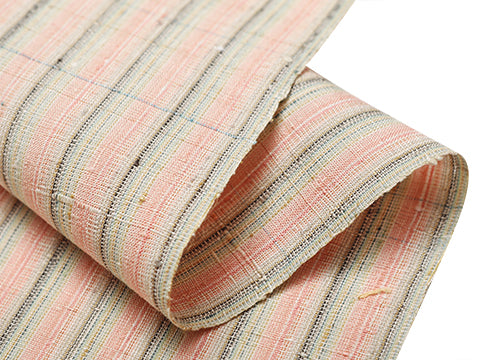 紬・綿・自然布
紬・綿・自然布
 小紋・江戸小紋
小紋・江戸小紋
 訪問着・付下げ・色無地ほか
訪問着・付下げ・色無地ほか
 浴衣・半巾帯
浴衣・半巾帯
 羽織・コート
羽織・コート
 肌着
肌着
 小物
小物
 履物
履物
 書籍
書籍
 長襦袢
長襦袢
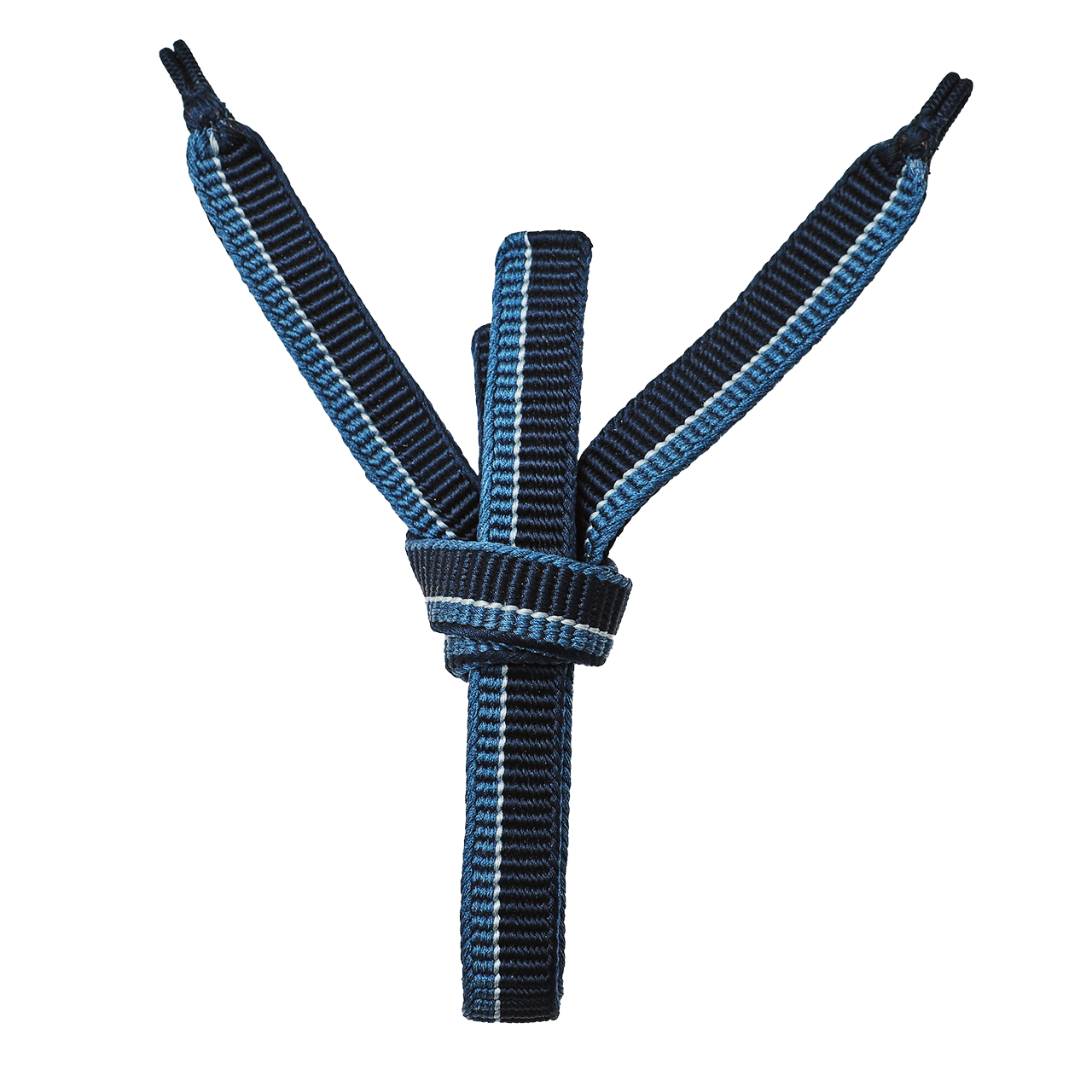 小物
小物
 帯
帯
 お召
お召
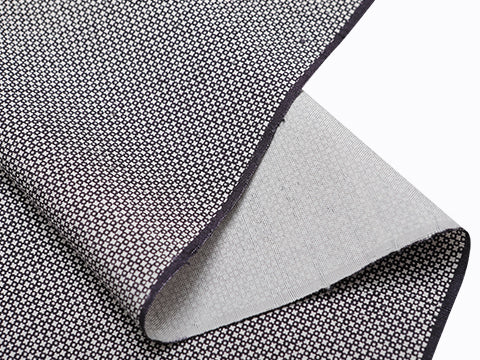 小紋・江戸小紋
小紋・江戸小紋
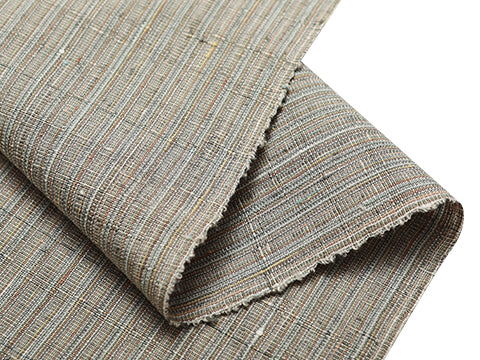 紬・綿・自然布
紬・綿・自然布
 袴
袴
 長襦袢
長襦袢
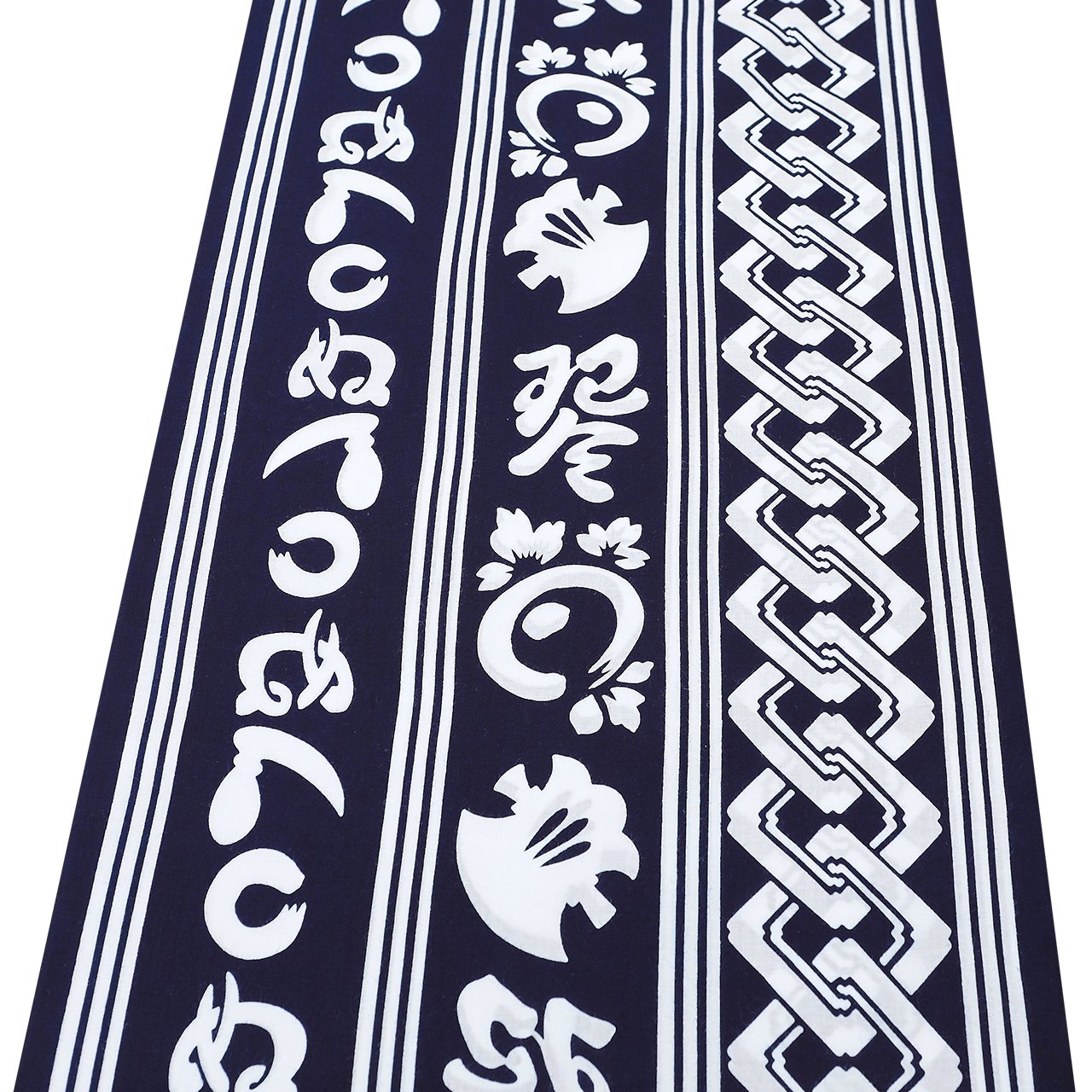 浴衣
浴衣
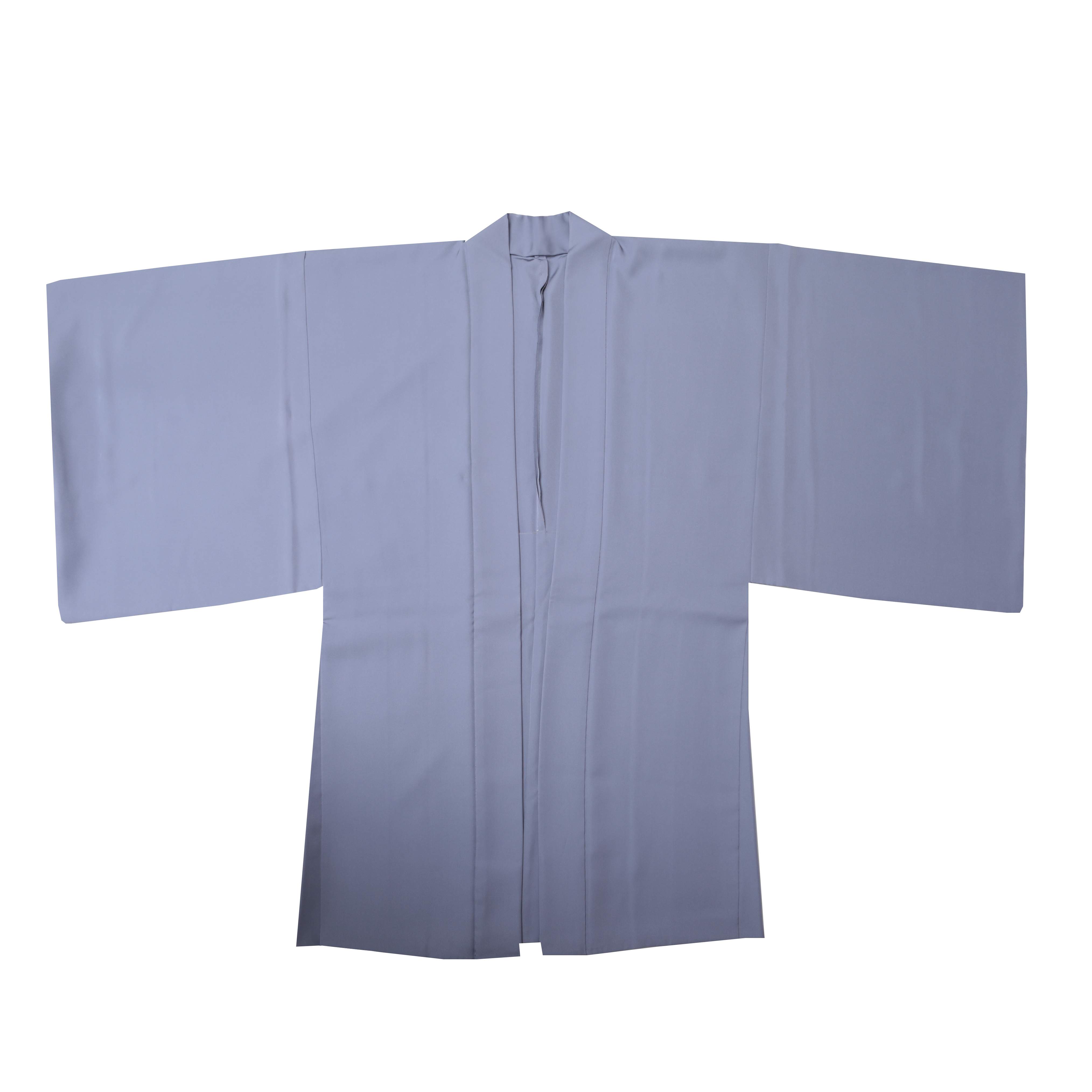 羽織・コート
羽織・コート
 額裏
額裏
 肌着
肌着
 履物
履物
 紋付
紋付
 書籍
書籍
